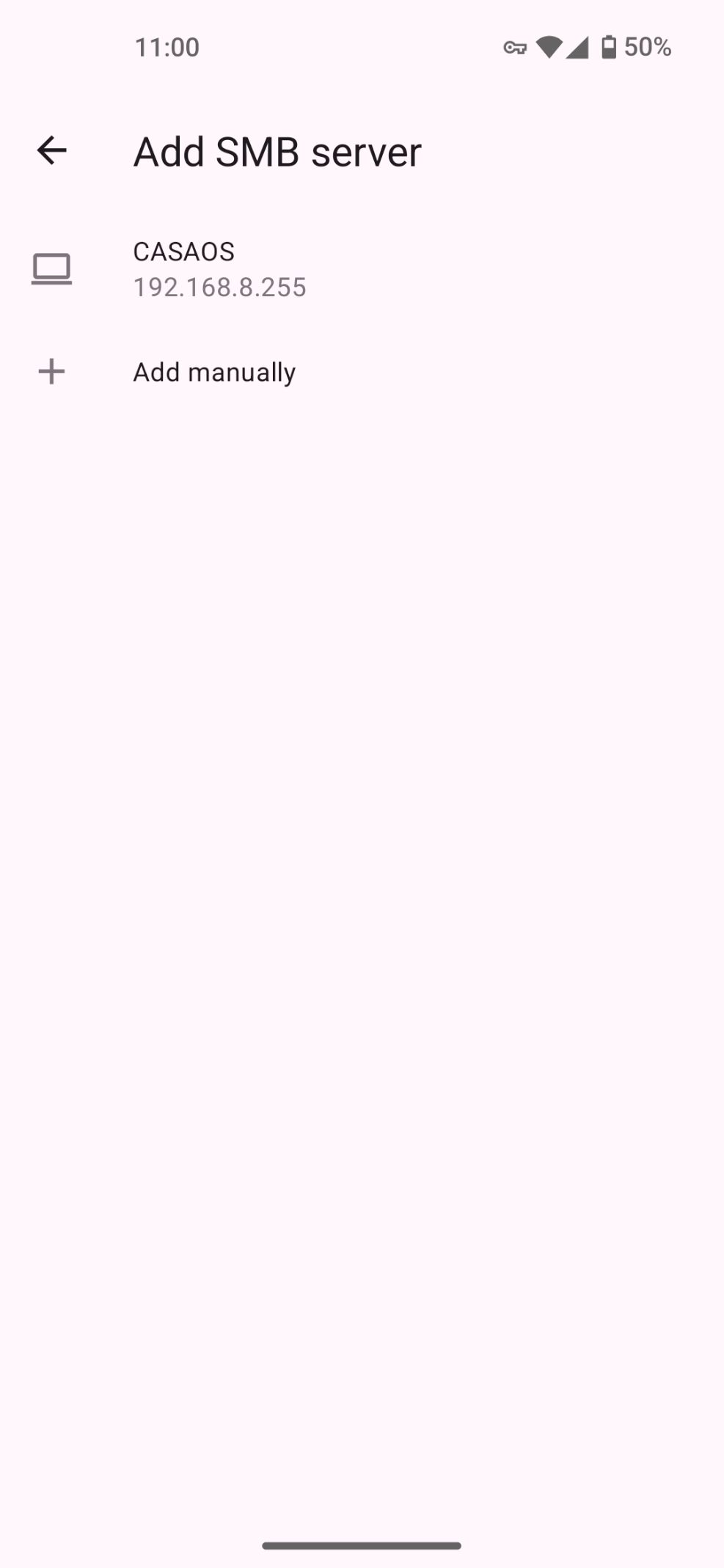view the rest of the comments
Selfhosted
A place to share alternatives to popular online services that can be self-hosted without giving up privacy or locking you into a service you don't control.
Rules:
-
Be civil: we're here to support and learn from one another. Insults won't be tolerated. Flame wars are frowned upon.
-
No spam posting.
-
Posts have to be centered around self-hosting. There are other communities for discussing hardware or home computing. If it's not obvious why your post topic revolves around selfhosting, please include details to make it clear.
-
Don't duplicate the full text of your blog or github here. Just post the link for folks to click.
-
Submission headline should match the article title (don’t cherry-pick information from the title to fit your agenda).
-
No trolling.
Resources:
- selfh.st Newsletter and index of selfhosted software and apps
- awesome-selfhosted software
- awesome-sysadmin resources
- Self-Hosted Podcast from Jupiter Broadcasting
Any issues on the community? Report it using the report flag.
Questions? DM the mods!

If you're using a /24 network the IP shown in the screenshot is the broadcast IP of your network.
445 is the default port for smb. It should be the same on every os if you didn't manually chang it. 80 is http by default. Did you maybe set it for a Webinterface?
Try adding it manually and enter the IP of your smb server, port 445 and the user/password you set for smb.
Thank you for qualifying that. I hate when people immediately go “.255 isn’t a valid address!” It, and .0 very much are if you’re using a /23 or larger.
Thank you. I clearly need to prioritize learning more about ports. I have had little time to try fixing this issue (hence why this comment is so late) but figured out it was VPN related. My phone's VPN was blocking connection. After enabling local network bypass another SMB entry appeared with the accurate IP, if required me to only enter my username and then it connected fine.